Logs:
1. Feature in the british press
2. SPI Flasher sub-project spin-off
3. Extension boards
4. Expecting
5. Todo list
6. Notes about the WizYasep protocol
7. How many LEDs ? How fast ?
8. Delivery
9. Typical use
10. Speed tuning
.
WizYasep
LED screen controller over Ethernet... among others ! It's a Wiznet IP controller with a A3P250 FPGA and I/Os.
 Yann Guidon / YGDES
Yann Guidon / YGDES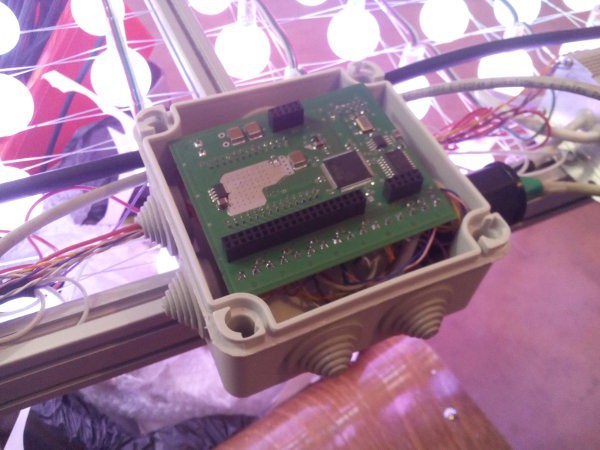


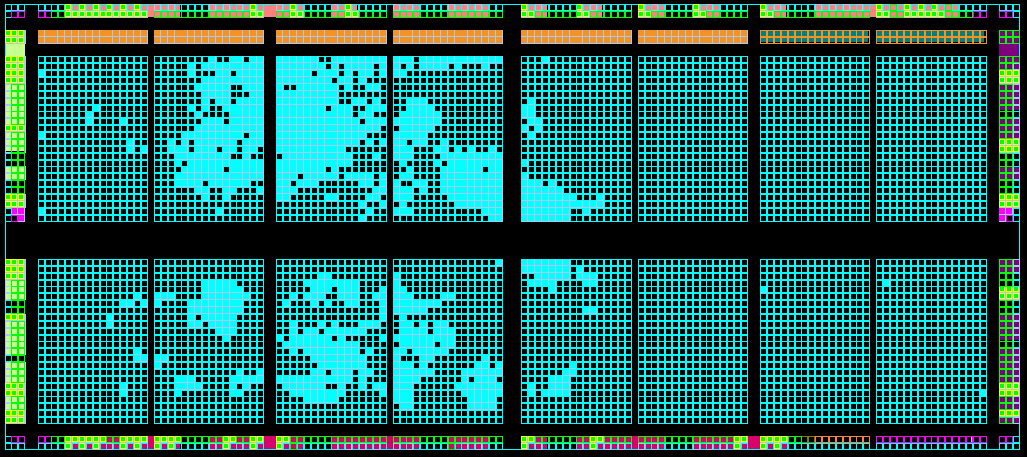
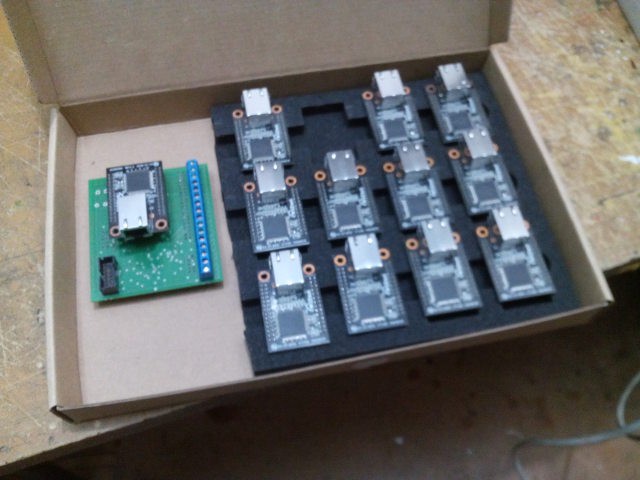
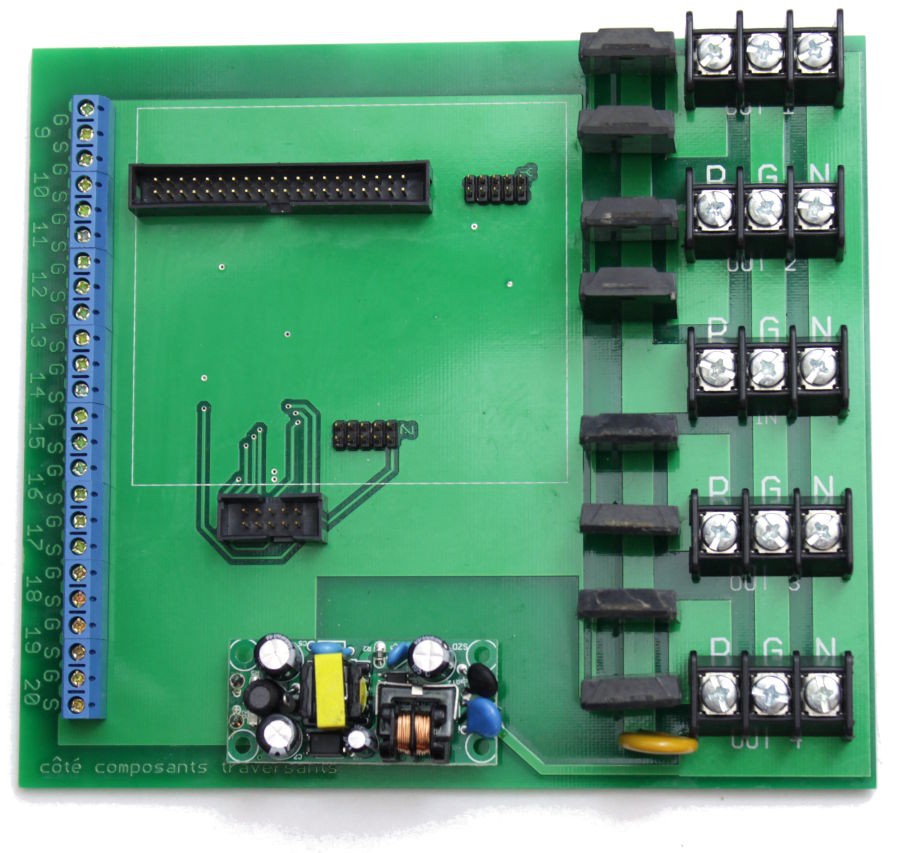




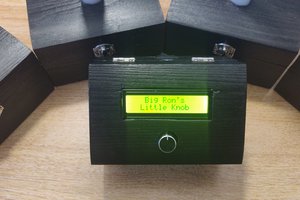
 Ron O'Sullivan
Ron O'Sullivan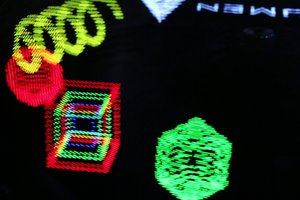
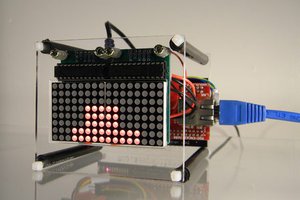
 bonafidegeek
bonafidegeek
hi. It's a cool project. Are you thinking of doing other projects using the W5300?